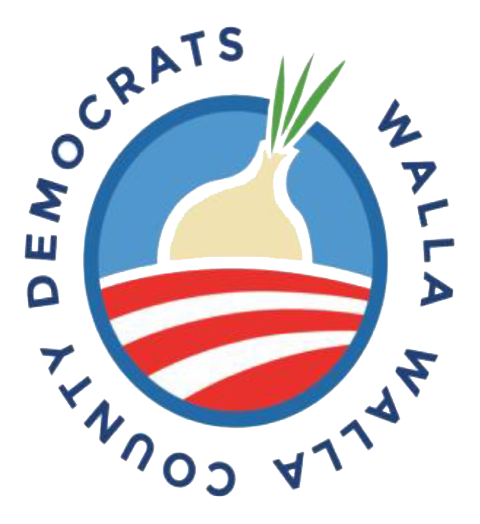The Grain Trains: A Long Story with a Happy Ending
Back in 2018, I arrived at a September Democratic Central Committee meeting expecting a routine weekend. Meeting in a corridor, a friend leans over and asks if I know about the resolution to remove the Lower Snake River dams. Of course, I did not. But the same thing had happened at the previous meeting in June, except the dams were to be removed by December. Ken Caylor, chair of the resolutions committee at that time, had managed to table the resolution.
I reached out to Steve Verhey, who knew the authors of the resolution. We talked about how devastating the resolution was to our struggling Democratic candidates and how we could get away from “gotcha” resolutions in the future. Steve thought he could table the resolution if I could commit to “accepting in principle” that the dams might be removed. I agreed, and Steve delivered. I was comfortable with the idea that the dam question would be settled by data and analysis.
Steve and I met later that spring in Mattawa at La Popular restaurant to hash out a plan of what would have to be done in advance if the dams were removed. At the time, we thought navigation/barging was the most tractable element of the dam question. We were wrong.
The barging issue turned out to be the least tractable. The Ag and Rural Caucus went to work on how to replace the power the dams produced, studied the agricultural and recreation sides of the issue, and evaluated the claims that the dams were responsible for the failing salmon runs. Along the way, we developed the idea of ex-ante mitigation to hedge the region’s bet on the dams.
We failed, though, to get anyone to talk to us about how to replace the barges. ARC punted on the barge issue until the Corps released its EIS on the operation of the Columbia and Snake Rivers.
The Corps report was impressive. It reported much of the data we had been seeking, couched in a pessimistic assessment of the effects of dam breaching on the price of moving Palouse wheat. One part of the picture was missing, however. There was no development of the fact that the State of Washington owns a patchwork of short-line rail in the Palouse and the rail cars that go along with moving grain. WSDOT, likewise, showed no interest in investing in its owned assets to address possible loss of the barges. For WSDOT, it was business as usual and slow business at that.
Maybe two years ago, I recall complaining to Senator Murray’s person in Spokane about the lack of serious analysis of WSDOT's short-line capability. I said, “No one is doing this analysis.”
Again, I was wrong. And this is the happy ending to this story. A couple of months later, Bill Moyer and Solutionary Rail reached out to me with a fantastic set of slides documenting in detail the condition of the WSDOT short lines. I have forgotten how and why we got in touch. I do not know, either, how a group of rail enthusiasts from Puget Sound have become so committed to making something work for us in eastern Washington.
On Thursday, January 4, we had a Zoom call at which we reviewed Solutionary Rail’s detailed plan of creating a Sprague to Pasco Short Line Access Corridor, building on WSDOT rail, that breaks the monopolies enjoyed by the mainlines and sets the stage for a full short line alternative for moving grain to a terminal at Pasco.
This story also comes around to the beginning. Ormand Hilderbrand and I were invited early last fall to join the Environment and Climate Caucus, chaired by Steve Verhey, to work with Lael White and Thomas White to develop a resolution supporting a rail alternative to barging on the Snake. This is the resolution for which I asked your advice last November. It is going to the Central Committee meeting at the end of January.
Don Schwerin is the Chair of the Ag and Rural Caucus of the Washington State Democrats. He is a former State Committee Person for the Walla Walla County Democrats.

